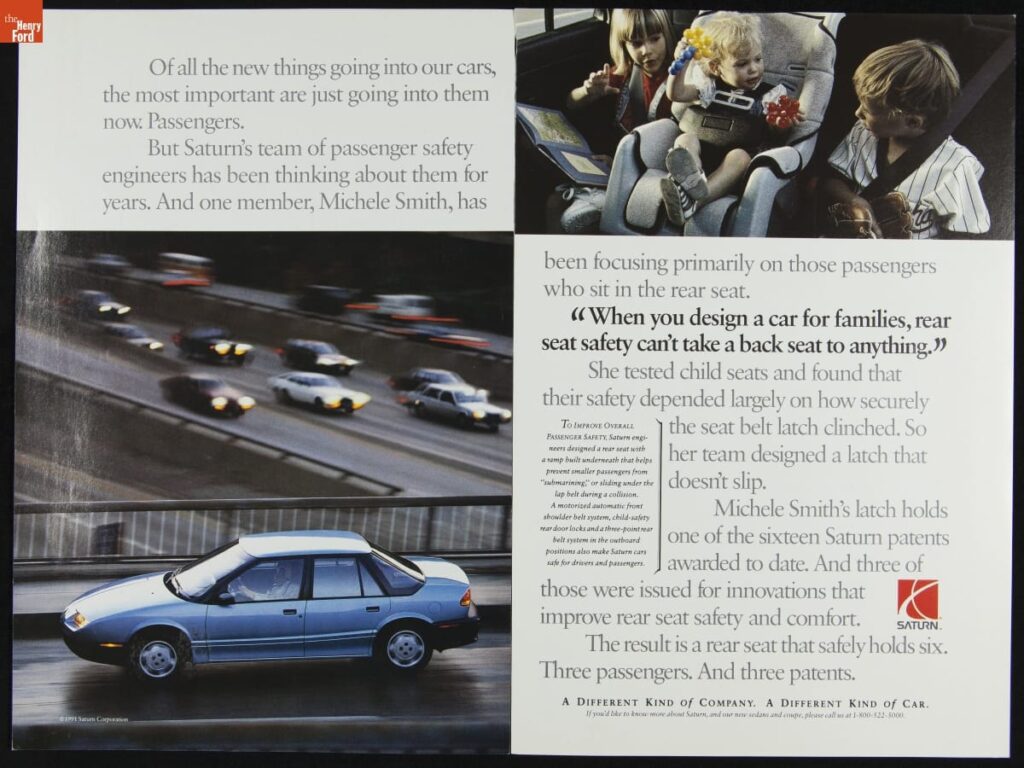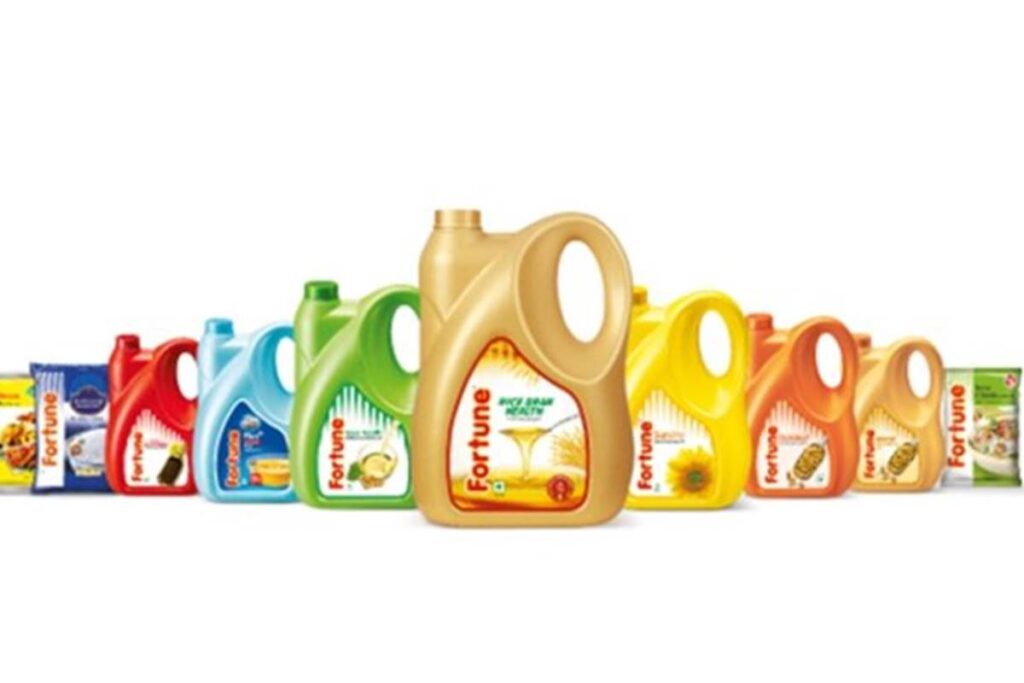Iconic Ads: Saturn – A Different Kind of Company. A Different Kind of Car.

The Saturn campaign is remembered not for power or design, but for its humanity—showing that emotion builds trust, and trust sells cars.
In the late 1980s, General Motors faced a daunting reality — Japanese automakers were dominating the compact car market with reliability, innovation, and value. GM needed a comeback, not just with a new model but with a new philosophy. Out of that ambition, Saturn was born — a brand built to symbolise reinvention, transparency, and community spirit.
The Birth of a New Kind of Car Company
Launched officially in 1985, Saturn was envisioned as GM’s “moonshot.” It wasn’t simply a car — it was an experiment in changing how America built, sold, and experienced automobiles. The company’s Tennessee factory at Spring Hill became the heart of this dream, representing fresh beginnings and cooperative progress. Unlike GM’s traditional dealerships, Saturn introduced no-haggle pricing and built its own sales network to ensure honest and friendly experiences.
Saturn’s philosophy was simple: buying a car should feel pleasing — not stressful. That belief became the soul of its marketing.
The Creative Vision: Hal Riney’s Human Touch
In 1988, GM selected Hal Riney & Partners, the San Francisco-based agency led by legendary adman Hal Riney, to tell Saturn’s story. Riney was known for campaigns that appealed to the heart — “Morning in America” for Ronald Reagan and Bartles & Jaymes’ folksy wine cooler ads. His work was warm, emotional, and deeply human.
Riney and his team avoided flashy slogans or technical boasts. Instead, they built a narrative about people: workers who cared, customers who mattered, and a company that was different by design. Even small details reflected this philosophy — car colours were named (“red,” not “cranberry”), and dealerships carried humble names like Saturn of Springfield.
Then came the line that captured it all:
“A Different Kind of Company. A Different Kind of Car.”
Crafted by Riney’s creative team, the tagline perfectly distilled Saturn’s purpose — to make people feel something about a car brand again.
The Campaign That Built a Movement
Saturn’s first ads launched in early 1989 — a full year before cars even hit the market. These commercials and print ads didn’t show shiny cars racing down highways. Instead, they featured employees, engineers, and small-town families sharing what Saturn meant to them.
One memorable ad titled “When You Design a Car for Families…” highlighted safety features like rear-seat latches and crash protection, connecting engineering choices to human stories. Another print ad proudly stated:
“The best quality car for the money… and it just happens to be made in Spring Hill, Tennessee.”
The tone was honest, optimistic, and grounded — exactly what GM needed to rebuild public trust.
By 1990, when the first Saturns rolled out, customers already felt like they belonged to something. This emotional connection led to the legendary 1994 “Saturn Homecoming,” where thousands of owners drove back to the Tennessee plant for a company-organised celebration — a literal community gathering around a car.
Behind the Message: Authenticity Over Advertising
The campaign worked because it wasn’t just marketing spin — it reflected Saturn’s real operations. Workers and managers shared profits and decisions, the UAW collaborated closely with management, and the brand stood apart from GM’s bureaucracy.
Saturn was the only GM division with its own corporate identity, governance, and independent dealer network. The brand became proof that a company could be both big and personal.

Trivia & Legacy
- The slogan evolved slightly over time — from “A Different Kind of Car Company” to the fuller “A Different Kind of Company. A Different Kind of Car.”
- The campaign helped Saturn achieve one of the highest customer satisfaction scores in the industry (over 90%) during its early years.
- GM invested nearly $5 billion to launch the Saturn project — its most significant investment since Chevrolet’s founding in 1918.
- Saturn dealerships used salaried staff instead of commissioned salespeople, revolutionising retail experience.
- The brand’s decline began in the late 1990s, when it was absorbed back into GM’s traditional corporate structure, losing its distinct “different kind of company” soul.
Why It Still Matters
The Saturn campaign is remembered not for its horsepower or styling but for its humanity. Hal Riney’s quiet storytelling proved that emotion could sell trust, and trust could sell cars. It made people believe in a car company again — something rare then, and rarer now.
While Saturn ultimately shut down in 2010, its advertising legacy continues to inspire brand storytellers around the world. Like Apple, Tata, or Amul in India, Saturn showed that the most powerful brands aren’t built on features alone — they’re built on beliefs.
In the end, “A Different Kind of Company. A Different Kind of Car.” wasn’t just a tagline.
It was a promise — one that made people care.



